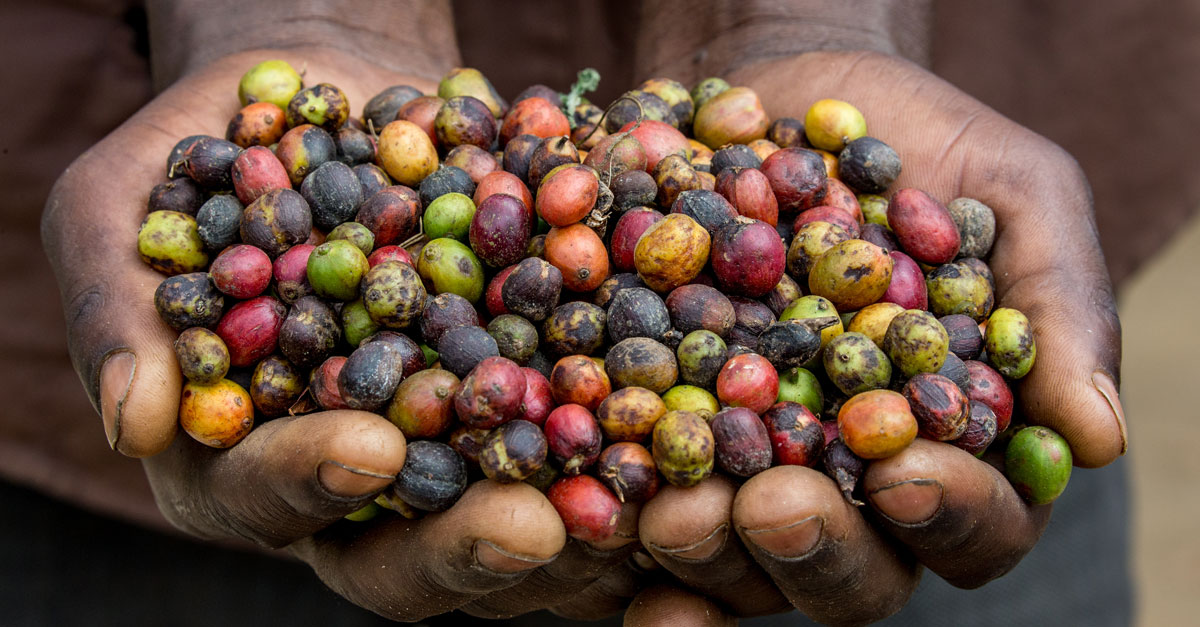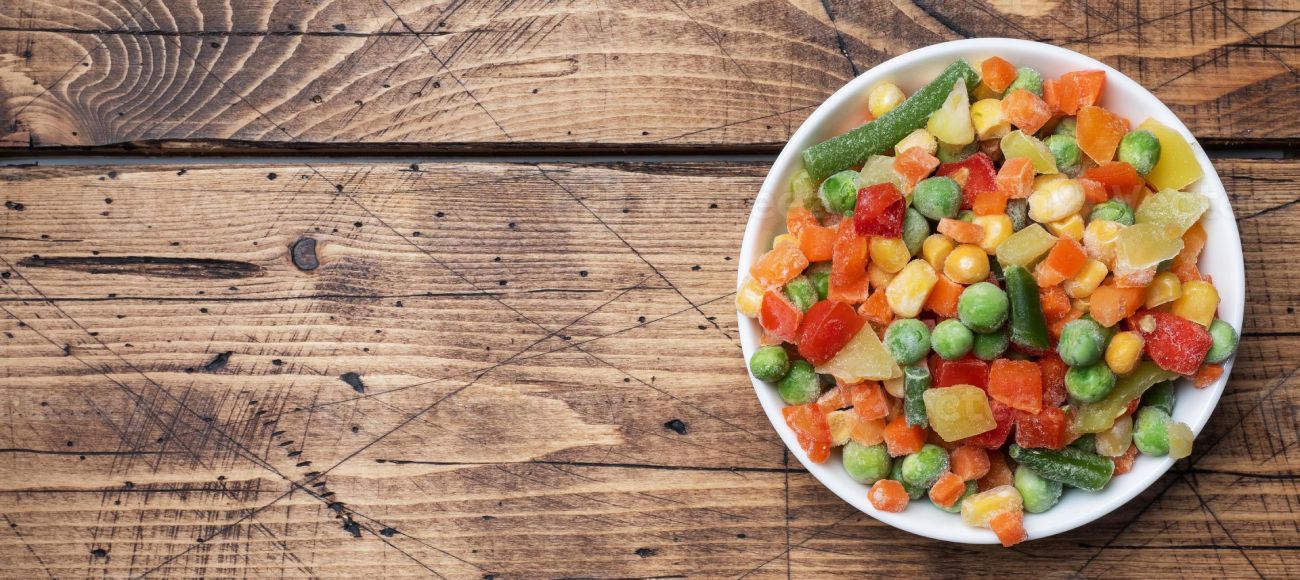
How Matcha Is Made: It’s Green, It’s Tea, But It’s Not Green Tea
Do you know that the matcha market is expanding at a compounded annual rate of 10.3%? Indeed, matcha is increasingly popular globally. At its current growth trajectory, it should soon become as common as other teas, especially in the world’s top tea-consuming countries.
The United Arab Emirates is the seventh top global consumer of tea, with an annual per-capita consumption of 4.17 pounds. It’s reasonable to expect matcha to trend in the UAE. Soon, more cafés and tea houses will offer matcha in Dubai. Not only does it taste delicious, but it also has undeniable health benefits due to its high concentration of caffeine, L-theanine, and other antioxidants.
Like other teas, the matcha journey begins from the tea fields. However, the plants for matcha spend at least three to four weeks in the shade.
- The plants are shaded.
Shading is a crucial part of matcha production. You can’t make matcha from unshaded tea plants; it just won’t taste right.
Sunlight is critical to photosynthesis. When tea plants are deprived of it, they adapt by producing a variety of amino acids that give matcha its signature savory flavor (i.e., umami). Shading also leads to a higher concentration of caffeine and the anxiety-reducing amino acid L-theanine.
The tea plants cannot be 100% shaded; they still need sunlight to survive. However, tea farmers block up to 90% of the regular amount of sunlight three to four weeks before they harvest the leaves.
- The leaves are harvested.
The leaves for matcha production are typically harvested in May. Some tea plantations harvest one or two more times in the year. Farmers pluck tea leaves by hand, or they may use handheld equipment or a harvesting machine.
- The leaves are washed and steamed.
The leaves are washed repeatedly and then steamed. This is a necessary step to stop leaves from oxidizing any further.
You see, when leaves are removed from the plant, they start oxidizing, i.e., reacting to oxygen. If you leave them alone, the leaves will eventually brown.
Heat stops oxidation. This is why matcha makers steam the leaves as soon as possible. By arresting the oxidation reaction early, the tea leaves can retain their bright green color.
- The leaves are dried.
After steaming, the moist leaves are air-cooled through blowing. Next, they are oven-dried. This step is necessary because the lower the moisture content, the more stable the tea becomes and the longer its shelf life.
- The leaves are turned into crude tea.
Once the leaves are dry, they are sent to a machine that removes all the stalks. The resulting de-stalked tea leaves are known as crude tea (i.e., aracha).
- The crude tea is turned into processed tea.
The de-stalked tea leaves are directed to a sifting machine, which removes residual stems and veins. Once sifted and refined, the tea leaves are cut into small pieces. The result is processed tea (e.g., tench).
The tea master gets to work at this point, assessing the qualities of the tea. They then decide how to use it in their tea blends.
- Processed teas are blended.
Matcha is a blended product. Specifically, it is a blend of processed teas.
Blending is done for the same reasons winemakers mix different vintages or varietals to make their signature bottles: to achieve a specific flavor profile. It’s thanks to the skills of a tea master that a brand of matcha can maintain a consistent flavor over time.
After blending, the processed teas are sent to a temperature-controlled room, where they are stored until needed.
- The processed teas are ground into powder.
When an order for matcha comes in, blended, processed tea is taken from the cold storage. Using a hand-operated or electricity-powered granite stone mill, the tea maker slowly grinds the processed tea into its final form: matcha, the vibrantly green powdered tea you can “beat” or whisk in a bowl of hot water or add to cakes and confections.
If grinding sounds easy, think again. It takes approximately one hour to make about 1.4 ounces dry of matcha powder in an automated mill. Imagine how long it takes to produce 14 oz., especially when hand-milled.
A granite stone mill is a prerequisite for producing high-quality matcha. Unfortunately, grinding on a stone mill cannot be rushed. If you grind the processed tea too fast, you’ll cause undue friction, which may increase the temperature beyond the recommended 95 degrees Fahrenheit.
Excessive heat will scorch matcha, leading to an undesirable chemical reaction that turns it yellowish (instead of verdant green) and bitter. For this same reason, you don’t use overly hot water to make a matcha drink.
Enjoy Your Matcha
Matcha is a green-colored tea powder that is slowly becoming a mainstream type of tea. It’s acknowledged as one of the healthiest teas, with its high concentration of caffeine, L-theanine, and other antioxidants.
Producing matcha is an involved process akin to a labor of love. Knowing all that, stop what you’re doing, kick your feet up and savor your matcha a little bit more the next time you make a cup.






